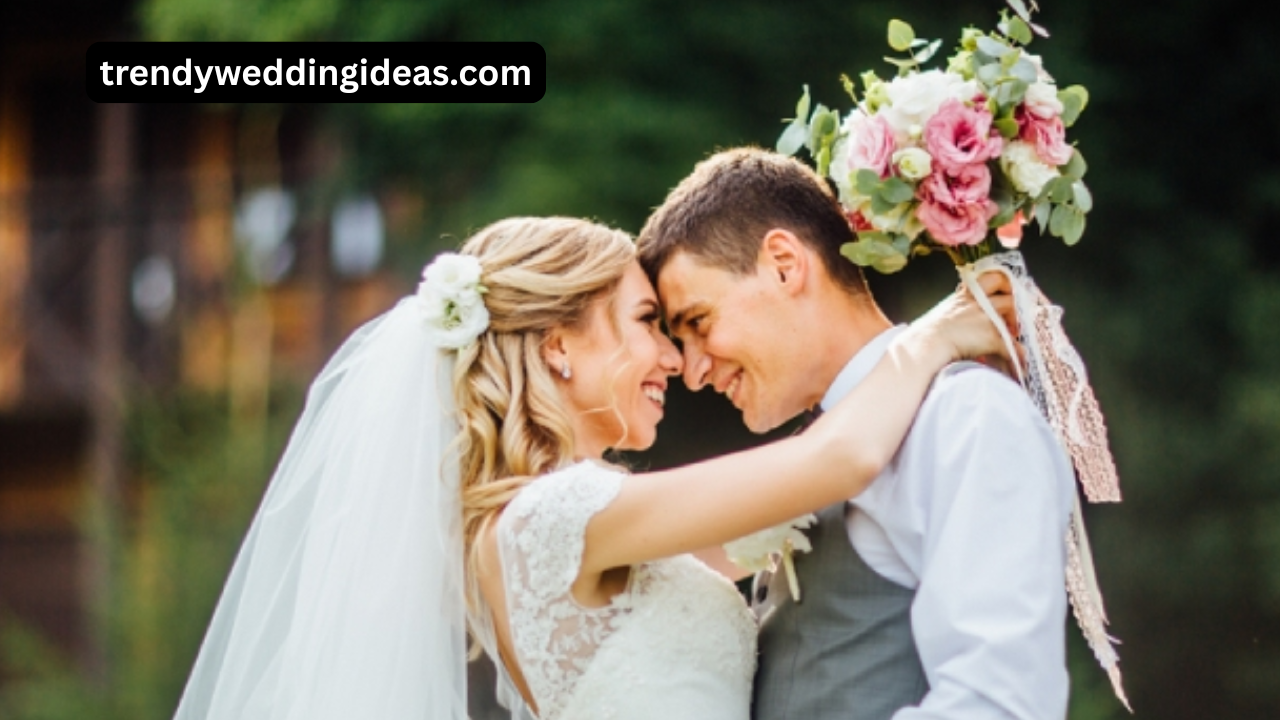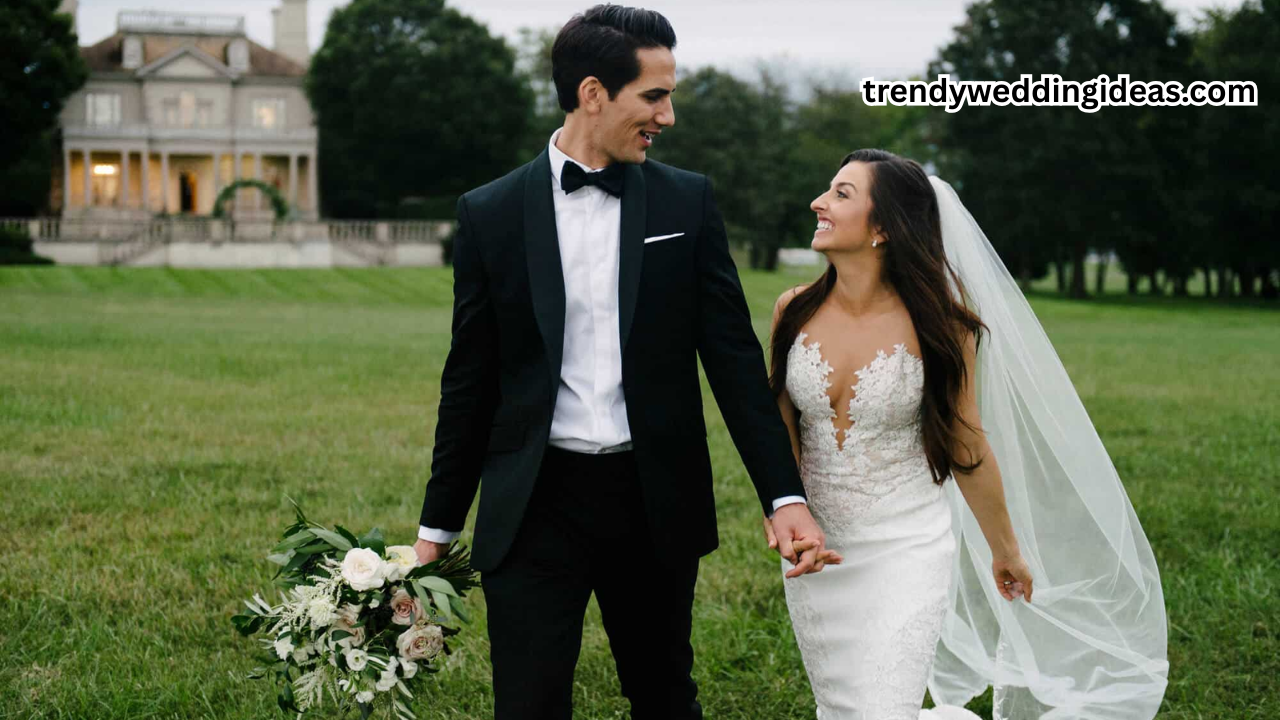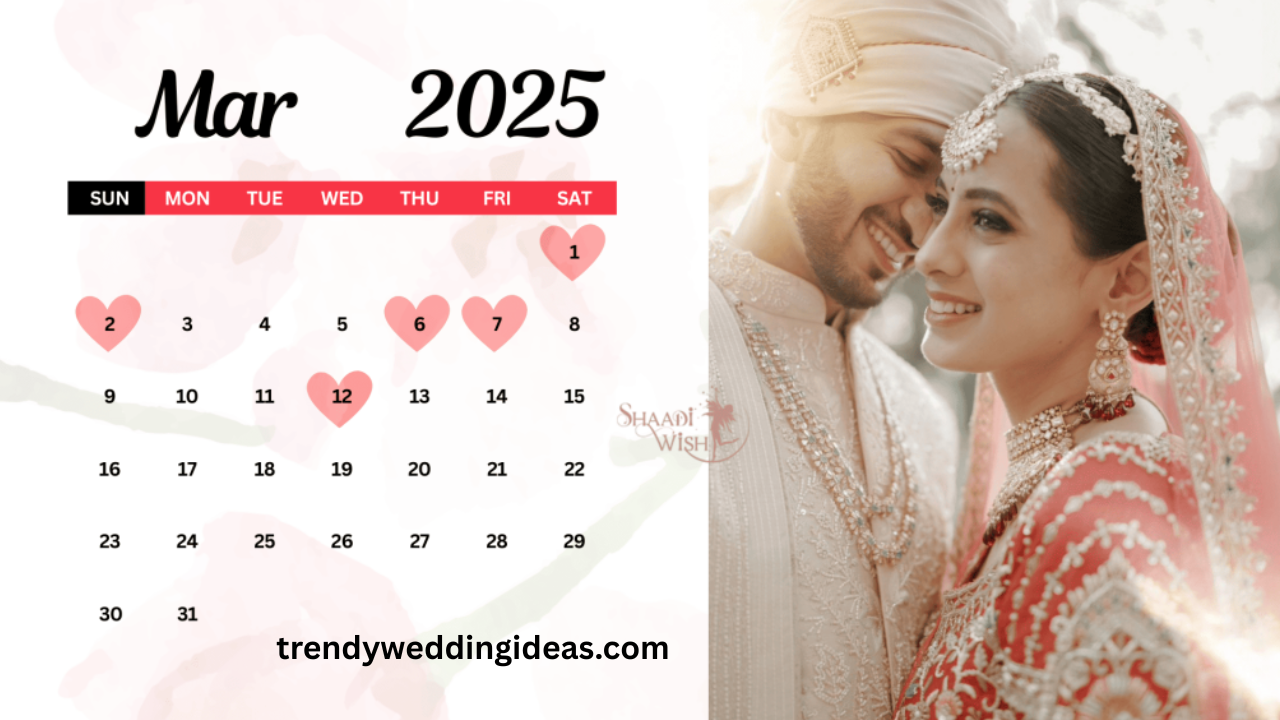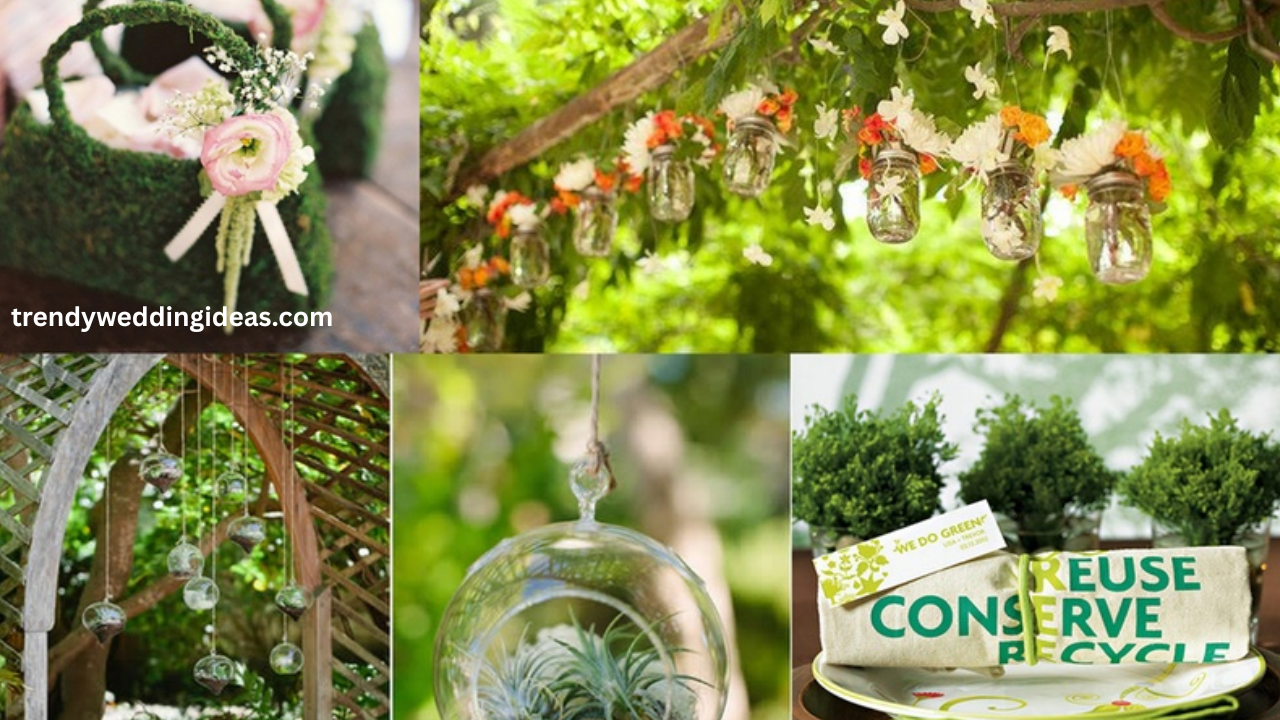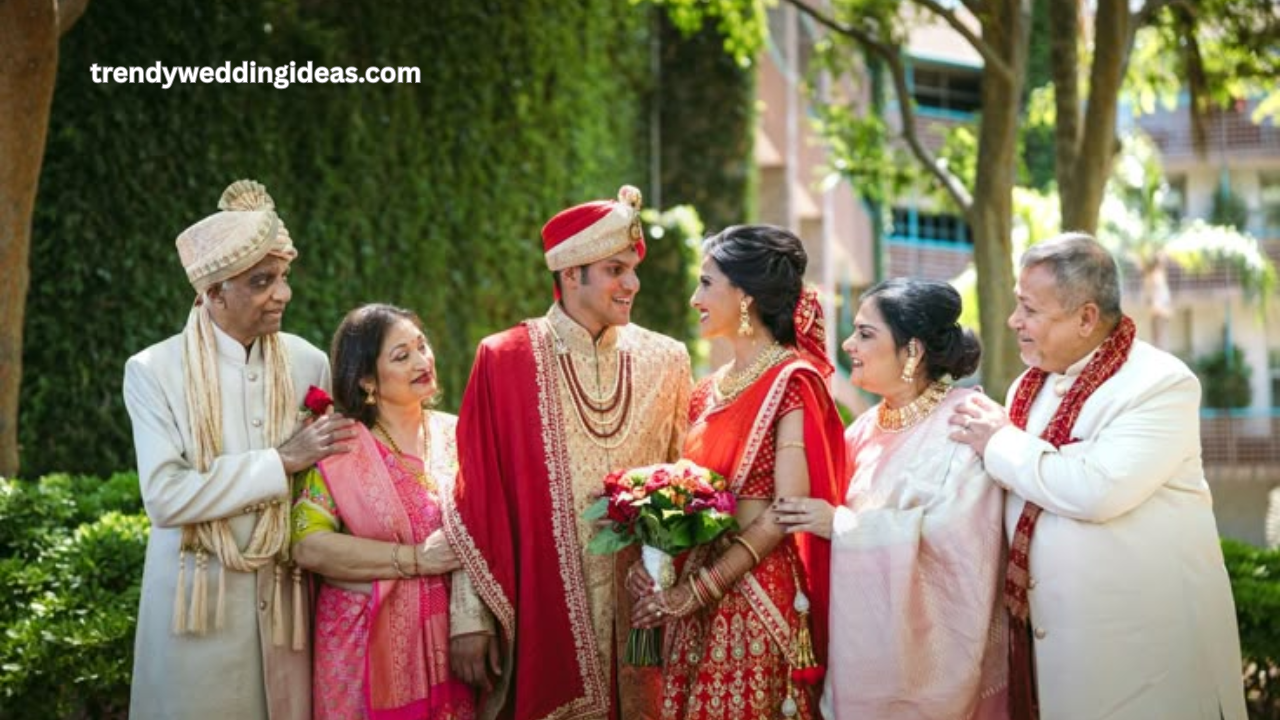Introduction
Choosing a life partner is one of the most important decisions you’ll ever make. Whether you’re entering into an arranged marriage or choosing a partner through love, the ultimate goal remains the same — a happy, fulfilling, and long-lasting union. But how do you know who the right person is?
This blog explores everything you should consider while choosing a partner for marriage and long-term happiness.
Understanding the Purpose of Marriage
Marriage is not just about love or companionship; it’s about partnership, shared growth, mutual respect, and long-term stability. The right partner will complement your journey, support your dreams, and stand beside you through life’s highs and lows.
Top Qualities to Look For in a Life Partner
a. Emotional Intelligence
A partner who can understand, regulate, and express their emotions in a healthy way contributes immensely to a peaceful marriage. Emotional intelligence helps in resolving conflicts without escalating them and promotes empathy and deep connection.
b. Shared Core Values
Values define the core of who we are. Whether it’s honesty, spirituality, family orientation, or ambition—shared values lay a foundation for mutual understanding.
Examples of shared values:
-
Beliefs about parenting
-
Religion or spirituality
-
Career goals
-
Family obligations
c. Effective Communication Skills
Communication is the glue that holds relationships together. A partner who can speak honestly, listen actively, and provide feedback constructively is essential for marriage success.
d. Mutual Respect
Respect goes beyond admiration; it’s about honoring each other’s individuality, space, and decisions. A respectful partner values your opinions and supports your independence.
e. Financial Compatibility
Money is often a major reason for conflicts in marriages. Financial compatibility includes similar spending habits, shared financial goals, and openness about money matters.
f. Physical and Emotional Intimacy
Physical attraction is important, but emotional intimacy is what keeps love alive. A partner who is affectionate and emotionally available can help build a deeper bond.
g. Conflict Resolution Skills
Disagreements are inevitable, but how they’re handled makes all the difference. A good partner knows how to manage conflict without blame, criticism, or contempt.
h. Sense of Humor and Positivity
A light-hearted outlook and the ability to laugh together even during tough times can act as a powerful stress reliever in marriage.
i. Growth Mindset and Adaptability
Life is unpredictable, and so is marriage. A partner who is open to change, learning, and personal development can grow with you through life’s seasons.
Red Flags to Watch Out For
-
Controlling behavior
-
Jealousy or possessiveness
-
History of emotional or physical abuse
-
Lack of empathy or compassion
-
Irresponsibility or substance abuse
-
Inconsistent communication
-
Lack of ambition or goals
Cultural and Family Considerations
In many cultures, family dynamics and traditions play a huge role in marriage. While it’s important to respect these, make sure your partner respects your cultural background too.
Key Point: Marriage is not just between two people—it often involves two families.
Importance of Timing and Readiness
Sometimes the right person comes at the wrong time. Emotional maturity and personal readiness are just as important as finding someone with great qualities.
Questions to Ask Yourself:
-
Am I emotionally prepared for marriage?
-
Do I know what I want in a partner?
-
Am I financially and mentally ready for commitment?
Online vs Traditional Matchmaking
With the rise of dating apps and matrimonial websites, the search for a life partner has gone digital. While online platforms provide more options, they also require caution and good judgment.
Tips for Online Partner Search:
-
Use verified platforms
-
Look for profiles with genuine information
-
Don’t ignore gut feelings
-
Take your time to know the person offline
Psychological and Emotional Compatibility
Beyond hobbies and interests, deep compatibility lies in how two people emotionally support and mentally stimulate each other.
Look For:
-
Similar emotional needs
-
Support during anxiety or stress
-
Non-judgmental understanding
-
Mutual admiration
Long-Term Relationship Goals and Vision
Before committing, talk openly about life goals:
-
Do you want kids?
-
Where do you want to live?
-
What are your financial priorities?
-
What are your professional aspirations?
Building a Strong Foundation for Marriage
Things to Invest In:
-
Trust and transparency
-
Patience and understanding
-
Quality time together
-
Shared responsibilities
-
Clear boundaries
Pro Tip: Pre-marital counseling can be helpful to explore compatibility before marriage.
Final Thoughts
Choosing the right life partner is not about finding someone perfect, but someone whose imperfections you can accept and whose values align with yours. A healthy marriage is not built overnight. It takes patience, communication, and constant nurturing.
So, take your time, trust your instincts, and remember that it’s better to wait than to settle.
FAQs
Q1: What is the most important quality in a marriage partner?
A: Emotional intelligence and mutual respect are considered foundational for long-term happiness.
Q2: Should I prioritize physical attraction or emotional connection?
A: Both matter, but emotional connection has a longer impact in a marriage.
Q3: How do I know if someone is the right one?
A: When you can be your authentic self with them and feel emotionally safe, they’re likely the right one.
Q4: What should I ask before marriage?
A: Ask about financial habits, family values, children, career goals, and conflict resolution styles.
